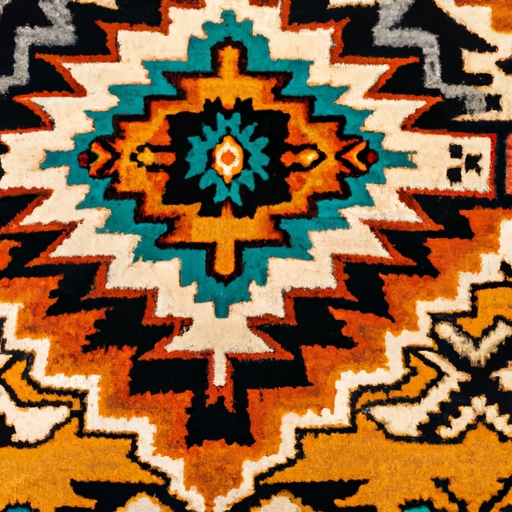
what is a reservation native american
Historical Background of Native American Tribes in the Southwest
Title: The Rich Ancestry of Native American Reservations
Introduction:
Native American reservations are unique communities that have a rich historical background and origins. These captivating enclaves provide a glimpse into the enduring culture, traditions, and struggles of indigenous peoples in North America.
Body:
The Prevalence of Native American Reservations:
Native American reservations can be found across the United States, serving as sanctuaries for tribes who fought valiantly against colonization and oppression. These vibrant communities stand as living testaments to the resilience and tenacity of Native Americans.
Historical Background:
To comprehend the origins of reservation native american communities, we must delve into history's annals. Centuries ago, before European settlers arrived on these lands, various tribes thrived harmoniously with nature. They cultivated profound connections with their surroundings, respecting the land as a sacred entity.
European Contact and Forced Relocations:
The arrival of Europeans brought significant changes to this idyllic existence. Tragically, clashes between settlers and indigenous populations led to violent conflicts and forced relocations. Numerous treaties were signed between tribal leaders and the U.S. government, resulting in the establishment of reservations.
Resilience Amidst Adversity:
Although reservations emerged from devastating circumstances, they provided a haven where tribes could preserve their cultural heritage while adapting to new realities. Despite facing formidable challenges such as limited resources or economic opportunities, Native Americans exhibited remarkable resilience throughout generations.
Cultural Preservation:
Reservations became vital platforms for preserving indigenous languages, art forms, storytelling traditions, religious practices, and governance systems. Tribal elders diligently passed down ancestral knowledge to younger generations within reservation boundaries – fostering a strong sense of identity among community members.
Modern-Day Challenges:
Today's reservation native american communities grapple with multifaceted issues like poverty rates higher than national averages, inadequate healthcare services, educational disparities due to underfunding or lack of resources – perpetuating cycles of inequality that require urgent attention and support.
Conclusion:
Native American reservations stand as living symbols of a vibrant culture, deeply rooted in history, and shaped by the ongoing struggle for self-determination. These communities continue to face numerous challenges while inspiring hope through their unwavering connection to tradition and collective resilience. By acknowledging the historical background and origins of reservation native american communities, we can foster understanding, respect, and support towards ensuring a brighter future for all indigenous peoples.